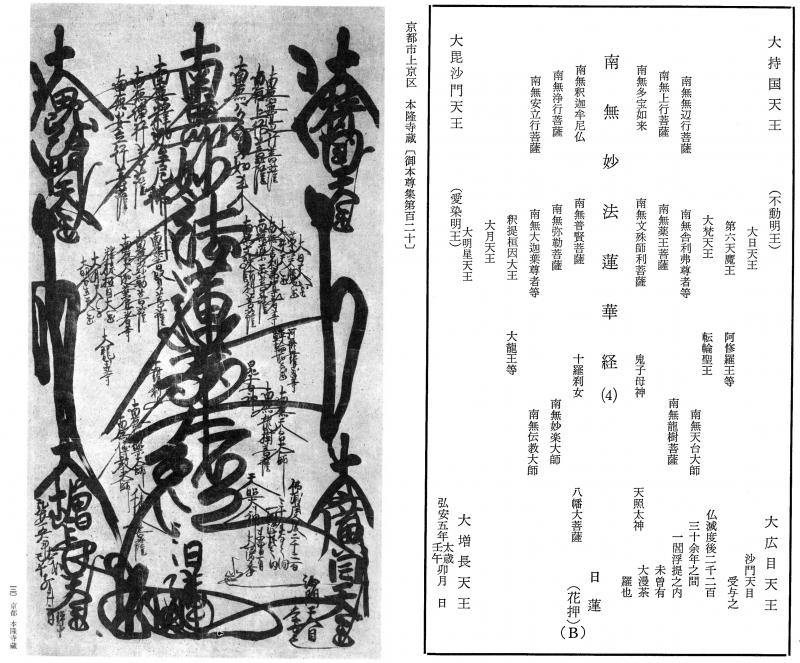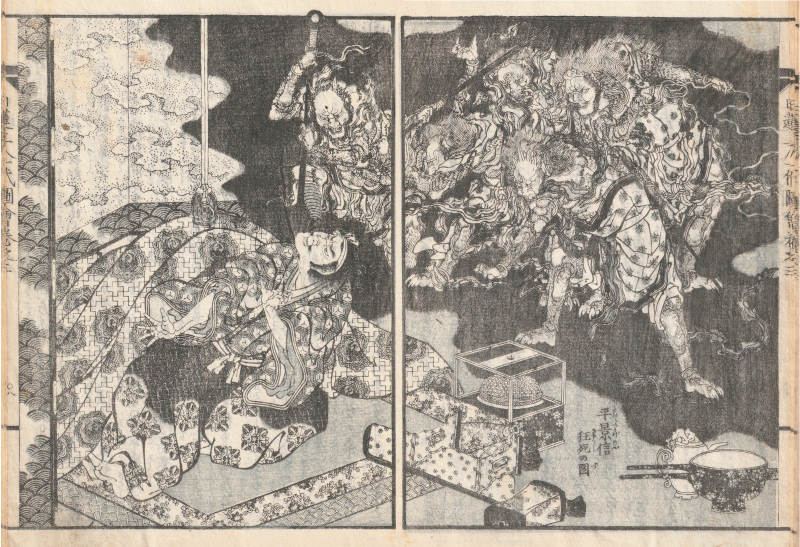Nichiren
Nichiren Buddhism, established during the Kamakura period by the monk Nichiren (1222-1282) in Japan, derives its name from its founder. The core of this tradition centers on Nichiren's teachings and writings, as he held a profound conviction that the Lotus Sutra (Saddharmapundarika Sutra) represented the ultimate and most crucial teaching of the Buddha.
The primary practice revolves around chanting the mantra "Nam-myoho-renge-kyo," which corresponds to the title of the Lotus Sutra in Japanese. Through this mantra, Nichiren practitioners seek to connect with their innate Buddhahood and experience a transformative change in their lives. Additionally, Nichiren Buddhism embraces the concept of "Ichinen Sanzen," which asserts that all living beings inherently possess the potential for Buddhahood, with the ultimate nature of Buddhahood existing within each individual.
Nichiren Buddhism cherishes the "Three Great Secret Laws" as pivotal practices, which include chanting Nam-myoho-renge-kyo, reciting the Lotus Sutra, and venerating the mandala (Gohonzon) as a sacred object of devotion. The legacy of Nichiren consists of an extensive collection of writings comprising letters, treatises, and commentaries on Buddhist texts, which are revered as indispensable sources of guidance for practitioners.
Nichiren Buddhism has evolved into a widespread global movement, garnering millions of followers worldwide, notably through organizations like the Soka Gakkai International (SGI). It maintains its dynamic and pertinent status as a form of Buddhism, drawing appeal from many due to its focus on personal empowerment, active social engagement, and pursuing Buddhahood in this lifetime.












